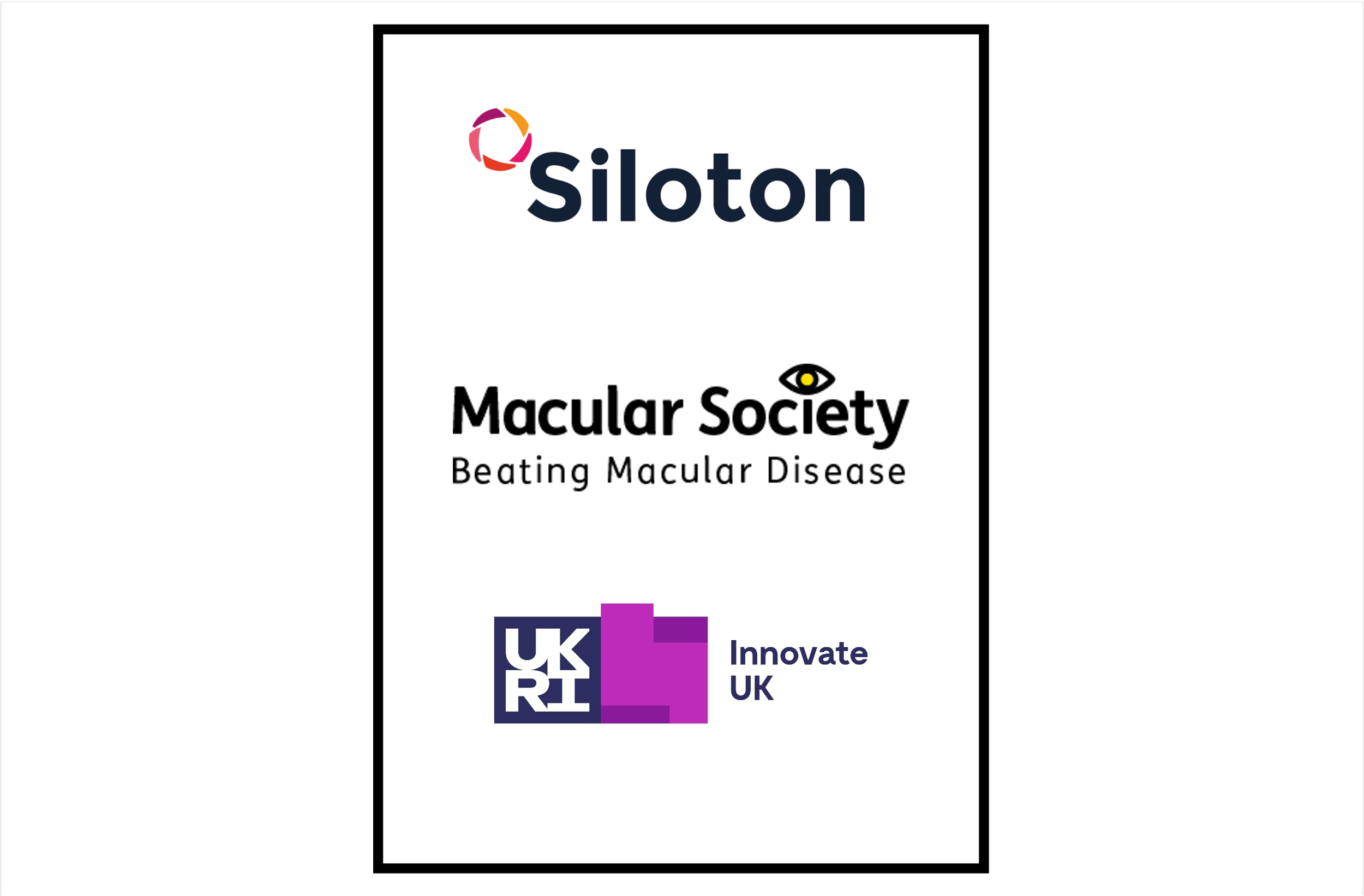Siloton Named Among UK's Most
Ground-Breaking New Businesses
Siloton listed in the prestigious Startups 100 Index for 2025, which finds the top 100 startups with the highest growth potential for the year ahead
Contact: pressoffice@siloton.com
The UKʼs longest running index of disruptive new startups, the Startups 100, has released its 2025 edition and Siloton has made the list.
Run by the UKʼs most established website for entrepreneurs, Startups.co.uk, the Startups 100 offers a showcase of new businesses that demonstrate innovation, solid financials, opportunity in their market, a great concept, and a strong customer base or following. The list has previously identified brands including Monzo, Deliveroo and HelloFresh.
Siloton recently became the first commercial organisation in the world to image a live human eye with a photonic chip. In addition, they have landed a contract with the European Space Agency to help tackle spaceflight-associated neuro-optic syndrome; an eye condition that is common amongst astronauts and which poses a major risk to their health. These achievements helped increase Siloton’s ranking from #61 to #55, the full entry for which can be found at https://startups.co.uk/startups-100/2025/siloton-2025/
A photograph of the Siloton team
Dr. Alasdair Price, CEO of Siloton, said: “We are delighted to have been included in the Startups 100 for the second year running. The past year has been a time of enormous progress for Siloton, thanks to the passion and determination of our amazing team. Seeing their work recognised in this way is incredibly rewarding and helps shine a light on everything that they have done.”
Editor of Startups.co.uk, Zohra Huda, commented: “Amidst the gloom-and-doom headlines, our annual Startups 100 Index provides a much-needed jolt of optimism. These 100 companies, a diverse list of innovators from every sector and region, show that the grit and ingenuity of entrepreneurship is still very much alive. Despite the challenges, the UK is still a fertile ground for disruption and world-leading technologies, and these companies will be leading the charge to recovery and growth in 2025.ˮ
About the Index
The Startups 100, run by Startups.co.uk, showcases the top 100 new UK businesses based on five key areas of analysis: finance, external validation, size of opportunity, innovativeness of idea and strength of concept.
As well as celebrating the best small businesses in the UK, the list is also an opportunity to grow a community of like-minded entrepreneurs and business owners who support and advocate for each other.
Notes to Editors
To feature, all businesses in the index had to have launched in the last 5 years, be UK-based, and be privately owned (at the time of entering). The winners of the Startups 100 Index are chosen by a specialist panel of judges.
For the full list visit: https://startups.co.uk/startups-100/2025/full-index
About Siloton
Siloton is on a mission to ensure people with eye disease can receive sight-saving eye scans wherever and whenever they need it. Siloton’s photonic chip technology will transform clinical-grade medical imaging systems into devices that can be accessed anywhere on or off planet Earth. They are supported by a number of key players in the ophthalmology space, including Moorfields Eye Hospital and the Macular Society. Their customers include the European Space Agency, who need a long-term solution to monitoring eye problems that astronauts frequently develop while in space.
Siloton closed its second investment round in July 2024, raising £860k to fund the development of an imaging setup for acquiring its first live eye image. This funding will also support ongoing revenue generating activities and ISO13485 accreditation.
To find out more, visit www.siloton.com or follow updates on Siloton’s LinkedIn page.
###





















